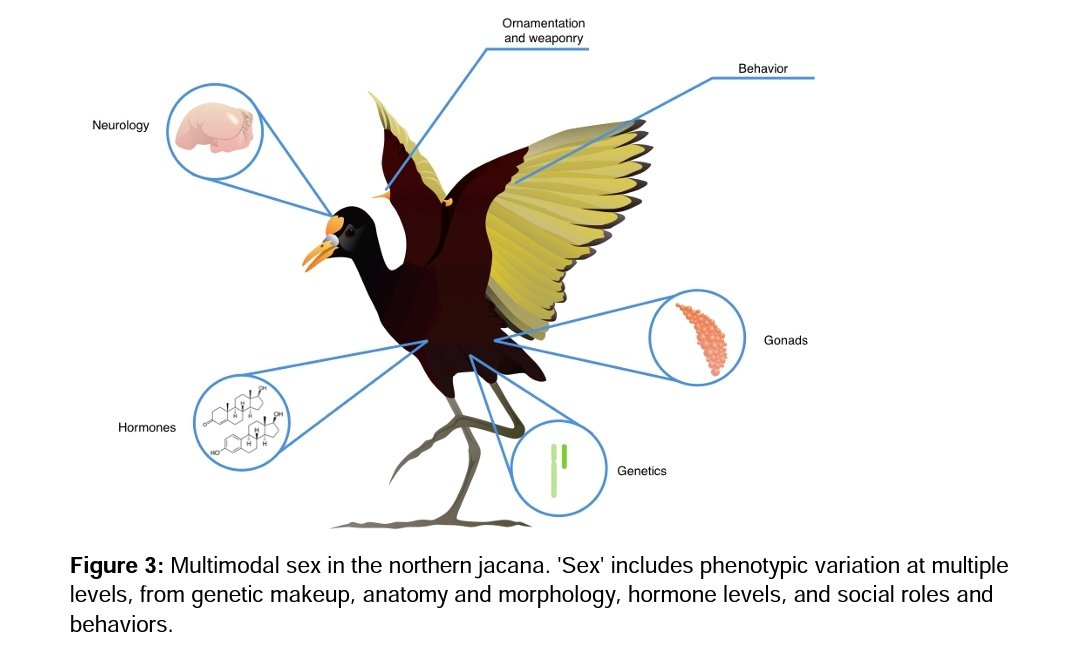“Sexually inexperienced” individuals, or the ones who have only had sex with their spouse, are the one’s mostly likely to be flourishing in marriage." 

https://twitter.com/BradWilcoxIFS/status/1648283929135267841


This is something that I think will be counterintuitive for a lot of people, especially if they didn't have the high school or early college LTR experience.
Very common belief that a higher number of sexual partners somehow means that the sex is better.
Very common belief that a higher number of sexual partners somehow means that the sex is better.
Of course this is kind of like believing that playing on lots of different basketball courts makes you a better player than simply playing on the same one a lot.
Sexual quality within a relationship depends a lot on learning about that individual. Preferences and very specific details in sexual behavior can vary a lot between individuals. There is a lot to be said for getting to know your partner and developing a repertoire with them.
There is probably a selection effect at play as well. People who are happy with their sexual relationships are probably going to stay in them.
People who are "better" in a sense may stay with others who are, or retain mates better.
People who are "better" in a sense may stay with others who are, or retain mates better.
Actually pretty consistent with the paper that I just posted a minute ago: sex is better in relationships basically.
https://twitter.com/datepsych/status/1648283031306739712?t=Go18MJHmZ_R818GwM1f0uQ&s=19
There's some research so I'll give a rare anecdote from experience: I dated the same woman from age 17 to 22 or around there. She was beautiful and kind, sex was good and frequent.
When I left that relationship was I a worse, or less experienced, sexual partner than I would have been if I had been pursuing one-off drunken frat sex and accumulated a higher partner count?
Probably not.
Probably not.
Not much you won't have experience with as far as sexual experimentation and practice if you have a healthy sexual relationship with one person.
Did it ever manifest in future sexual relationships - like "oh no I only had sex with one person as a teen/very young man so I'm bad at sex and don't know what to do." Also no.
More sexual partners - also doesn't seem to be very closely related to physical attractiveness either.
datepsychology.com/male-attractiv…
datepsychology.com/male-attractiv…

We know that physical attractiveness has some role in both long term relationship satisfaction and sexual satisfaction as well (for example, women report higher frequency of orgasm with more attractive partners).
My guess for why: attractive individuals might be more able to acquire more sexual partners, but in practice are also able to form long term relationships more easily.
Maybe their relationships last a bit longer or are better on average as well.
Maybe their relationships last a bit longer or are better on average as well.
Perhaps they are able to find partners earlier in life and this offsets the potential for promiscuity too.
It all raises questions about the quantity of sexual partners as a measurement vs measuring the quality of sex.
In my opinion: good sex with one person > mediocre sex with multiple people.
A lot of men focus on "notches," but if your notches look like this, well:
In my opinion: good sex with one person > mediocre sex with multiple people.
A lot of men focus on "notches," but if your notches look like this, well:

• • •
Missing some Tweet in this thread? You can try to
force a refresh

 Read on Twitter
Read on Twitter












